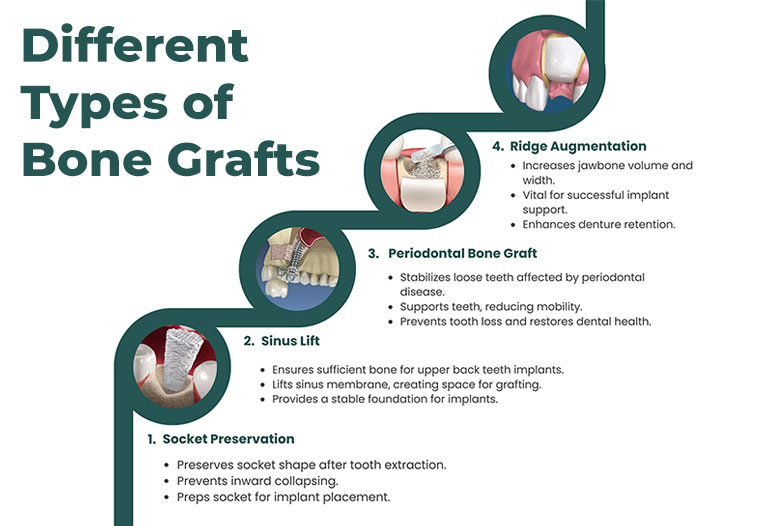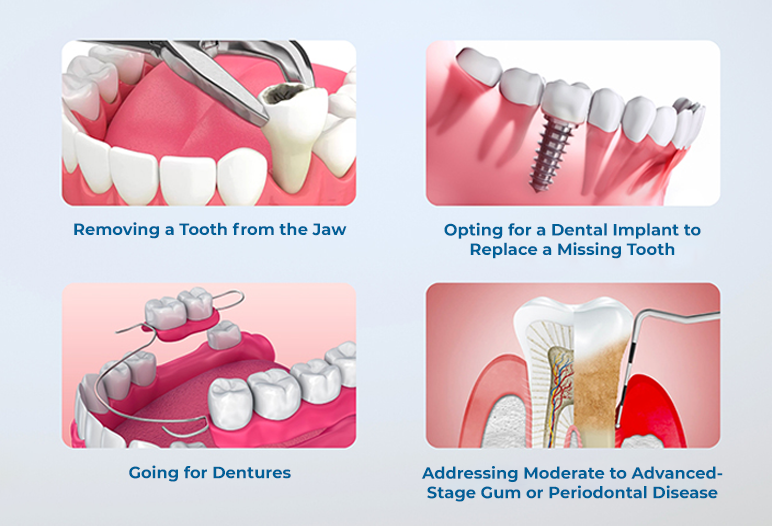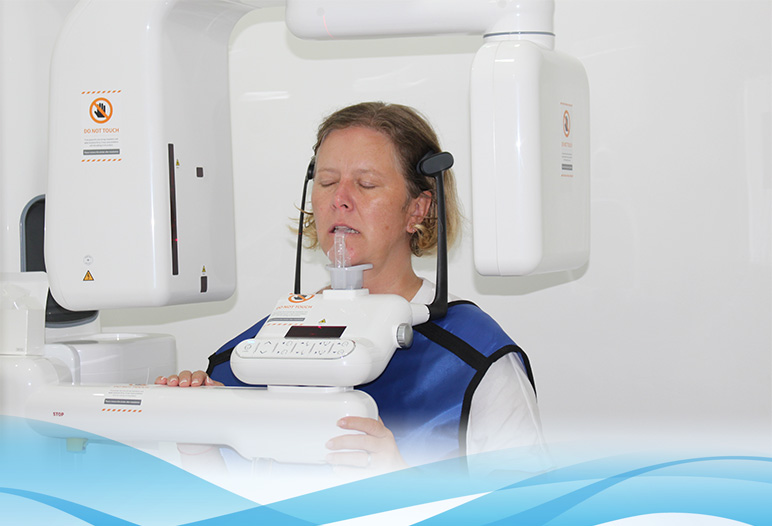Dental Bone Graft is a pivotal procedure in modern dentistry that addresses various oral health challenges, particularly in restoring the structure and function of teeth. This procedure not only enhances aesthetics but also improves oral functionality, which can significantly elevate a person’s quality of life. By integrating a dental bone graft, dental professionals are equipped to support implants, stabilize surrounding teeth, and ultimately create a healthy foundation for long-lasting oral solutions.
The concept of a dental bone graft can seem daunting to many individuals; however, understanding the process and its implications can be empowering. In this article, we will explore everything there is to know about dental bone grafts, including their purpose, methods, recovery, and impact on overall dental health.
Dental Bone Graft
When it comes to restorative dentistry, dental bone graft procedures play a crucial role in ensuring that patients regain their smile’s integrity. These grafts are primarily used when there is insufficient bone mass in the jaw, which can occur due to tooth loss, periodontal disease, or bone resorption. The essence of a dental bone graft lies in its ability to stimulate new bone growth and replace missing bone tissue.
Understanding the necessity of a dental bone graft often starts with recognizing the implications of bone loss. When a tooth is extracted, the supporting bone structure may begin to diminish over time. This can make subsequent dental treatments, such as implants, more challenging, as there must be adequate bone to anchor these fixtures securely.
The beauty of a dental bone graft lies in its versatility. The graft material itself can come from various sources – the patient’s own body, synthetic materials, or cadaveric sources. Each option has its advantages and unique characteristics, making it essential for dental professionals to assess individual cases thoroughly before proceeding.
Once the grafting material is placed, it serves as a scaffold for new bone cells to grow and fill the void left by the absence of bone. This biological process is both natural and remarkable, leading to the eventual creation of a robust bone structure that can support dental implants and restore oral function.
Indications for dental bone graft
A dental bone graft is indicated in several scenarios. One primary reason is significant tooth loss due to decay or injury. Patients who have experienced trauma resulting in tooth extraction or those suffering from gum disease are prime candidates for bone grafting.
Another indication is for patients preparing for dental implants. Insufficient bone density can preclude the successful placement of implants, necessitating a graft to ensure the jawbone can adequately support the implant post-surgery. In such cases, a dental bone graft acts as the foundational step toward restoring a full set of teeth.
Moreover, some patients may undergo a dental bone graft as part of a sinus lift procedure, where the upper jawbone is augmented to facilitate future dental implants. Each of these situations underscores the importance of maintaining bone health for optimal oral restoration.
Types of dental bone grafts
There are several types of dental bone grafts available, each tailored to the specific needs of the patient. Autografts involve harvesting bone from another location within the patient’s body, offering high compatibility and promoting faster integration.
Allografts utilize donor bone from cadaveric sources, which is processed and sterilized to minimize rejection risks. This method offers convenience without the need for an additional surgical site but may have a longer healing time compared to autografts.
Xenografts are derived from animal bones, often bovine, while alloplasts consist of synthetic materials designed to mimic the properties of human bone. Each graft type presents unique benefits and potential drawbacks, making it critical for patients to engage in detailed discussions with their dental provider regarding which option best suits their circumstances.

Healing process after a dental bone graft
Recovery from a dental bone graft is a gradual process that requires patience and adherence to post-operative care instructions. Upon the completion of the procedure, patients typically experience tenderness, swelling, and bruising around the surgical site. These side effects are normal and should gradually subside.
Initial recovery generally takes about one week, during which the patient is encouraged to follow specific measures to promote healing. For instance, applying ice packs can help alleviate swelling, while consuming soft foods aids in minimizing discomfort during eating.
The complete healing process varies depending on the extent of the graft. For smaller grafts, healing may take around three months, while larger grafts could potentially require upwards of nine to twelve months for full integration into the jawbone. During this time, it’s essential for patients to maintain regular communication with their dentist and adhere strictly to prescribed medications and care routines.
Bone Grafts
Bone grafts are fundamental components of various surgical procedures across multiple medical fields, not just dentistry. In the realm of oral health, bone grafts serve as vital tools that bridge the gap between tooth loss and the ability to achieve functional, aesthetic restorations.
A key aspect of bone grafts is their role in facilitating the body’s natural healing processes. The introduction of graft material provides a matrix upon which new bone cells can proliferate, ultimately leading to the regeneration of lost bone volume and density. This regenerative concept extends beyond just dental applications, encompassing orthopedic surgery and even spinal fusion operations, illustrating the universal need for effective bone restoration techniques.
While the concept of bone grafts may evoke images of complex surgical procedures, the reality is that these interventions have become increasingly refined. Advances in technology and materials have significantly improved success rates, decreased recovery times, and enhanced overall outcomes for patients seeking bone-related surgeries.
The importance of bone health
Maintaining healthy bone density is crucial not just for dental purposes but for overall well-being. Bone health affects posture, mobility, and even the body’s ability to fight off infections. Inadequate bone density can lead to serious complications, including fractures and a decreased quality of life.
In dentistry, the health of the jawbone directly impacts the effectiveness of restorative procedures. A well-structured jaw creates a solid foundation for dental implants, dentures, and other oral appliances. Conversely, compromised bone health can hinder these interventions, leading to further complications down the line.
To encourage optimal bone health, individuals should adopt lifestyle habits that promote bone density. Regular exercise, a balanced diet rich in calcium and vitamin D, and avoiding detrimental habits like smoking are essential steps toward maintaining strong bones. Awareness of one’s oral health and proactively addressing issues can prevent the need for extensive treatments later in life.
The role of bone grafts in implant success
One of the primary applications of bone grafts in dentistry is to facilitate the success of dental implants. Implants require a certain amount of healthy bone to anchor effectively; hence, if a patient lacks sufficient bone density, a bone graft becomes necessary.

The synergy between bone grafts and dental implants cannot be overstated. A successful graft creates an environment conducive to new bone growth, ultimately enhancing the stability of the dental implant. This relationship ensures that the implant can withstand the stresses of biting and chewing, providing patients with a durable and functional solution.
Moreover, the integration of grafted material with existing bone revitalizes the jawbone, preventing further bone loss and preserving facial contours. Consequently, patients opting for dental implants after undergoing grafting often report higher satisfaction levels with their results, marking a significant improvement in their quality of life.
Innovations in bone grafting techniques
As the field of dentistry evolves, so too do the methods of bone grafting. Innovations in techniques and materials have led to more precise and less invasive procedures, allowing for quicker recovery and improved patient experiences.
For example, minimally invasive techniques employ specialized instruments that result in smaller incisions and less disruption to surrounding tissues. This approach not only reduces pain and swelling but also accelerates healing times, enabling patients to return to their normal activities sooner.
Additionally, advancements in graft materials, such as bioactive scaffolds and growth factors, are revolutionizing the way bone grafts are performed. Researchers are continually exploring ways to enhance graft success rates by introducing biologically active substances that accelerate healing and promote new bone formation.
These innovations reflect the broader trend in medicine toward personalized care, tailoring techniques and materials to meet the unique needs of each patient. As these technologies continue to evolve, the future of bone grafts, particularly within dentistry, looks promising.
Dental bone grafting procedure
The dental bone grafting procedure serves as a beacon of hope for countless individuals grappling with the repercussions of tooth loss. This meticulous process not only restores the structural integrity of the jaw but also paves the way for future dental interventions, such as implants.
Understanding the nuances of the dental bone grafting procedure is key to alleviating any apprehensions patients may have. From the initial consultation to post-operative care, each phase of the process plays a vital role in achieving successful outcomes.
Initial consultation and assessment
Before embarking on a dental bone grafting procedure, patients typically undergo an initial consultation with their dental professional. During this visit, the dentist assesses the patient’s oral health history, examines the condition of the jawbone, and discusses any concerns the patient may have.
Diagnostic imaging, such as X-rays or CBCT scans, may be employed to obtain a comprehensive view of the jawbone’s structure. This information enables the dentist to determine the extent of bone loss and formulate an appropriate treatment plan tailored to the individual’s needs.

Moreover, patients are encouraged to ask questions and express any reservations they may possess. Open communication fosters a collaborative atmosphere that empowers patients to actively participate in their treatment journey and reinforces their confidence in the procedure.
Preparing for the procedure
Preparation is key to the success of any dental bone grafting procedure. Once a treatment plan is established, patients are given specific instructions to follow prior to surgery. These guidelines may include dietary restrictions, medication adjustments, and arrangements for post-operative transportation.
On the day of the procedure, patients typically receive sedation to ensure comfort throughout the operation. The level of sedation can vary based on anxiety levels, complexity of the graft, and individual preferences. Dentists prioritize patient comfort, striving to create a positive experience from start to finish.
Here is our bone graft and sinus lift price list at Saigon Dental Implants Center:
| BONE GRAFT, SINUS LIFT | DENTAL IMPLANTS COST (USD) |
DISCOUNT PRICE (USD) |
| Bone graft | 200 – 320 | |
| Sinus lifting | 320 – 520 |
The surgical process
The dental bone grafting procedure itself involves several critical stages. First, the dentist administers anesthesia to numb the surgical site and mitigate discomfort. Once the area is prepared, an incision is made in the gum tissue to access the underlying bone.
Following this, the selected graft material is carefully placed in the desired area, filling any bone defects and promoting new bone growth. The dentist then secures the incision using sutures, ensuring that the graft remains stable during the healing process.
Throughout the entire surgical operation, dentists prioritize precision and care to maximize the chances of successful integration. The artistry involved in grafting contributes greatly to the overall outcome, as meticulous attention to detail can yield transformative results.
Recovery and aftercare
Post-operative care following a dental bone grafting procedure is paramount to achieving the desired results. Patients typically receive a set of clear instructions detailing how to manage discomfort, potential side effects, and important dos and don’ts.
Managing discomfort often involves the use of over-the-counter pain relievers and antibiotics if prescribed by the dentist. Applying ice packs to the surgical site can alleviate swelling, while elevating the head during rest promotes better circulation and reduces discomfort.
Adhering to post-operative instructions is essential for achieving optimal results. Patients are advised to avoid disturbing the site, refrain from drinking alcohol for at least two weeks, and steer clear of vigorous movements like heavy lifting. Maintaining proper oral hygiene while avoiding vigorous swishing is also crucial to preventing infections.
The duration of recovery can vary widely based on the extent of the graft and individual healing responses. While initial recovery may take about one week, complete healing of the graft can span several months. Staying in touch with the dental provider is essential during this period to monitor progress and address any arising concerns.
Conclusion
In conclusion, the world of dental bone grafts is a fascinating domain that exemplifies the intersection of science and artistry in dentistry. By understanding the importance of these procedures, patients can gain clarity on how they contribute to oral restoration and overall well-being.
From the initial assessment to the surgical process and recovery, each phase is designed with the utmost care to ensure lasting results. As technology continues to advance and techniques evolve, the future of dental bone grafting holds immense potential for improving dental care and enhancing the lives of countless individuals. Embracing this knowledge, patients can navigate their dental journeys with confidence, knowing that transformative solutions are within reach.

 Google Reviews
Google Reviews Call
Call
SAIGON IMPLANT CENTER
Best dentist in Vietnam
Saigon Implant Center - Dental Clinic utilizes the latest technology for specialized treatment in the field of Single implant, full jaw implants, All on 4 implants, All on 6 implants, Zygoma implant....
SAIGON IMPLANT CENTER
Best dentist in Vietnam
Saigon Implant Center - Dental Clinic utilizes the latest technology for specialized treatment in the field of Single implant, full jaw implants, All on 4 implants, All on 6 implants, Zygoma implant....